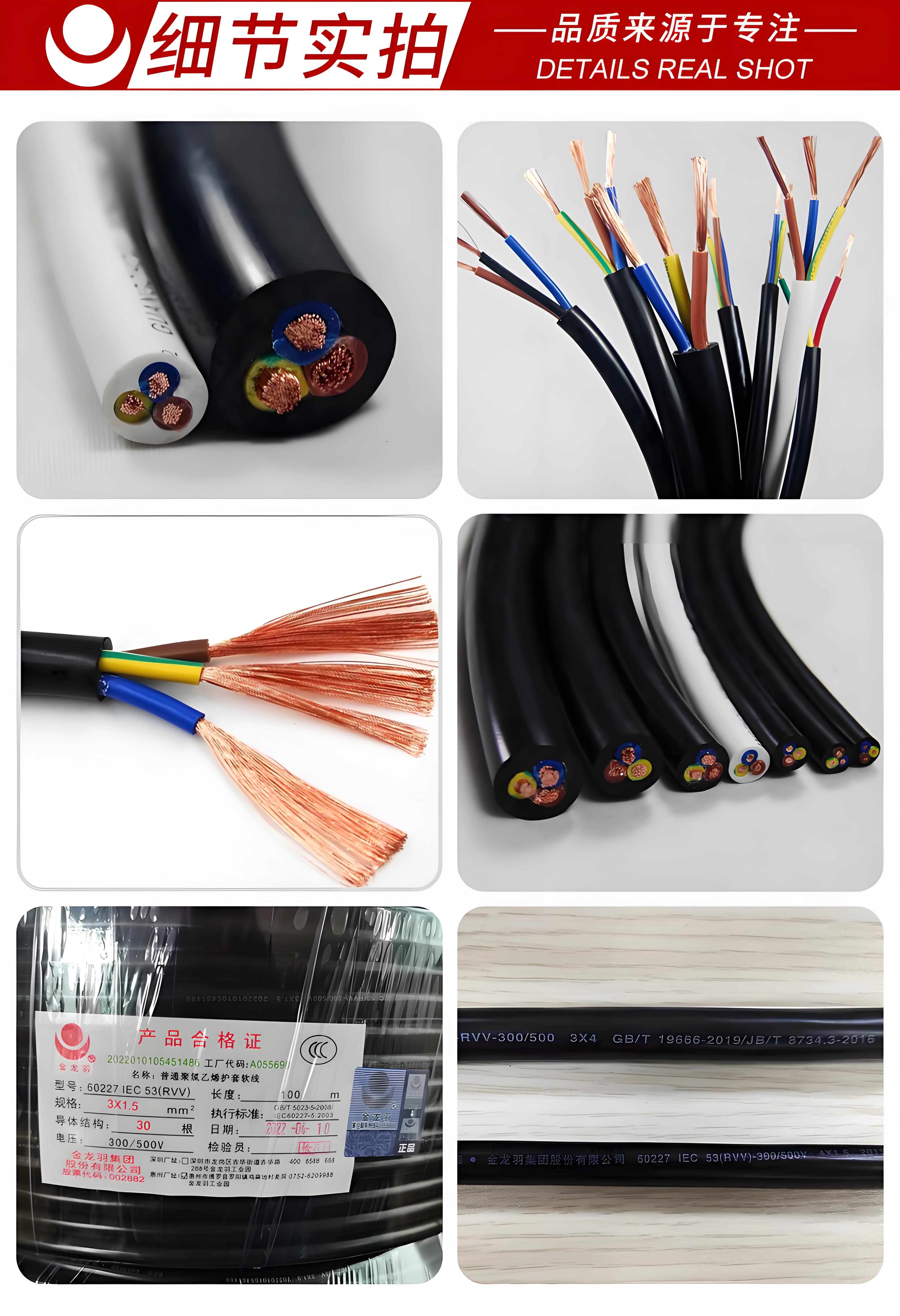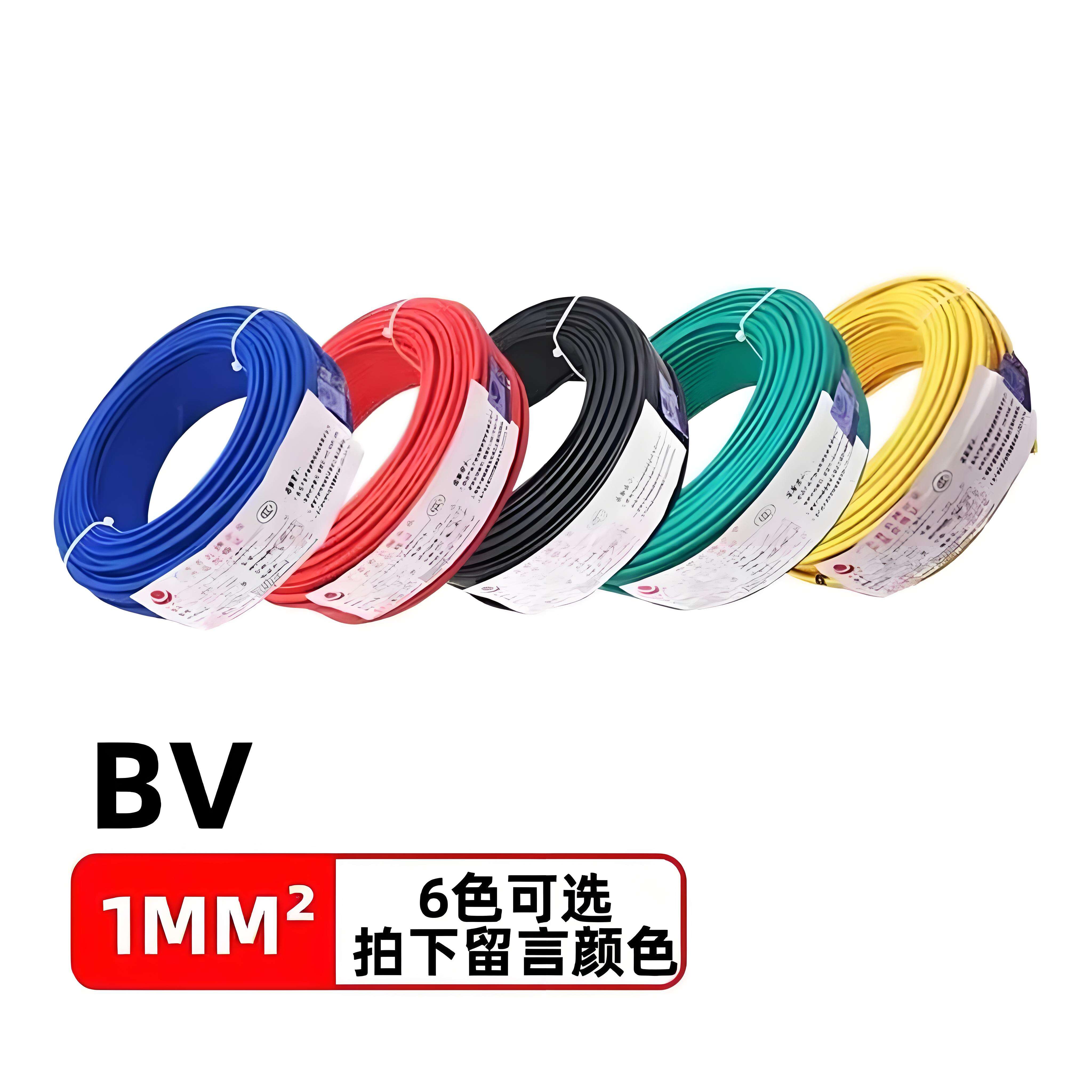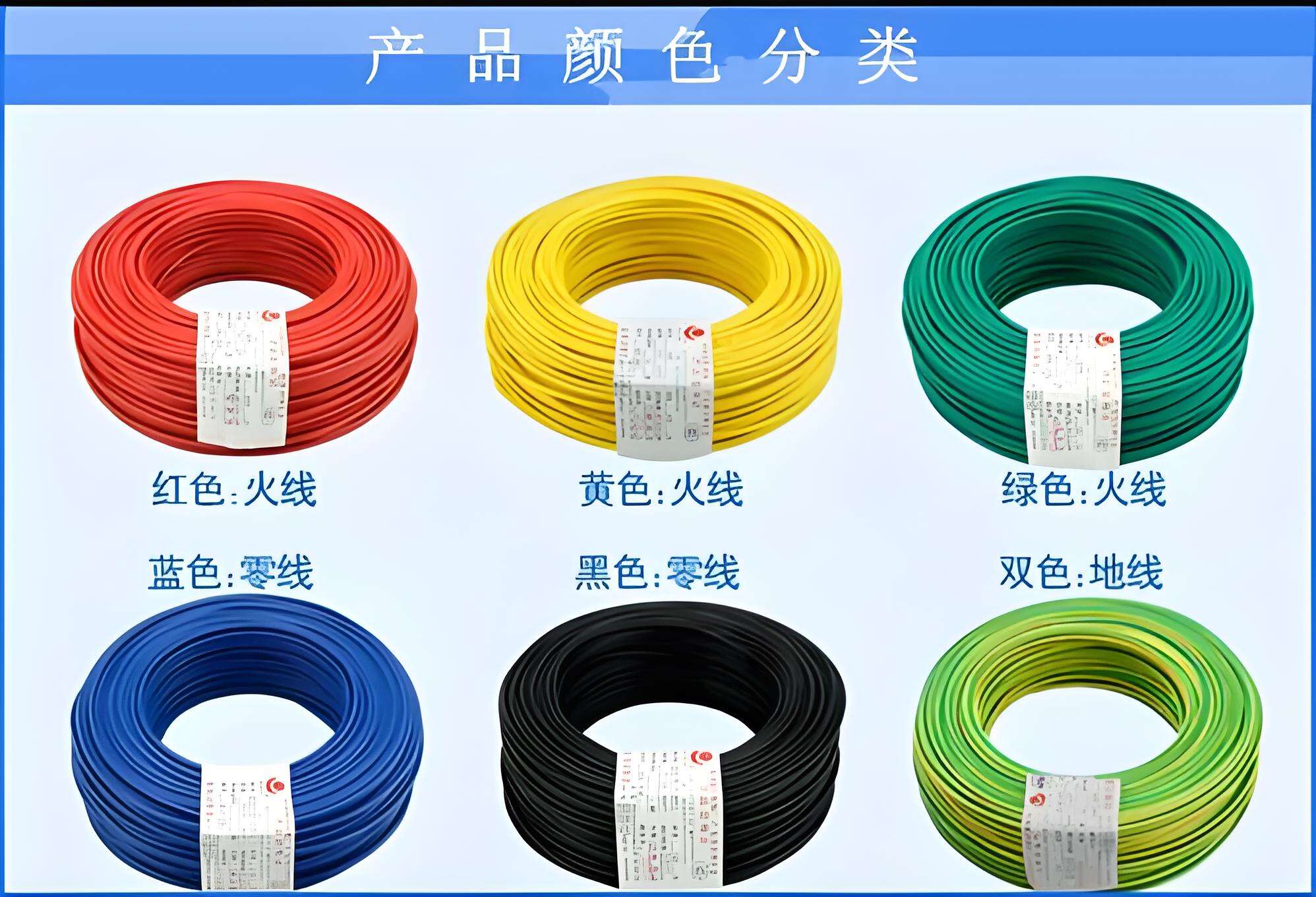Understanding cable specifications and standards is crucial for selecting the right cable for any application, ensuring compatibility, safety, and performance, and Weidong Technology emphasizes this knowledge for informed decision-making. Cable specifications include key details like conductor material (copper or aluminum), cross-sectional area (mm²), insulation type (PVC, XLPE), voltage rating (kV), and sheath material, which determine the cable’s suitability for specific loads and environments. Standards, such as GB (Chinese), IEC (international), and UL (North American), set benchmarks for quality, safety, and testing—for example, IEC 60228 specifies conductor properties, while GB/T 12706 covers high-voltage cable requirements. Understanding cable specifications and standards helps in matching cables to applications: a 0.6/1kV PVC-insulated cable meets standards for indoor wiring, while a 10kV XLPE cable complies with standards for power distribution. Weidong provides clear documentation on cable specifications and standards for their products, enabling users to verify compliance and select cables that meet project requirements, ensuring reliable and safe operation.


